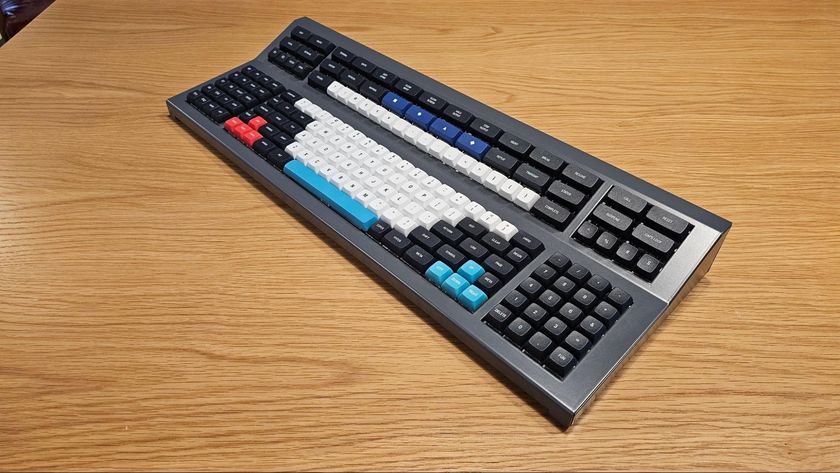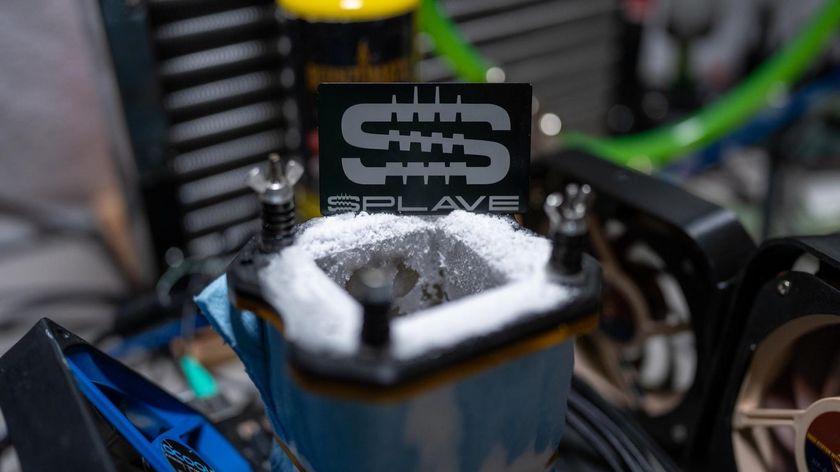LAN 101: Networking Basics
Wired Ethernet
With tens of millions of computers connected by Ethernet cards and cables, Ethernet is the most widely used data-link layer protocol in the world. You can buy Ethernet adapters from dozens of competing manufacturers, and most systems sold in the past decade incorporate one or more built-in Ethernet ports. Older adapters supported one, two, or all three of the cable types defined in the standard: Thinnet, Thicknet, and unshielded twisted pair (UTP). Current adapters support only UTP. Traditional Ethernet operates at a speed of 10 Mb/s, but the more recent standards push this speed to 100 Mb/s (Fast Ethernet) or 1000 Mb/s (gigabit Ethernet). Most desktop and even laptop systems now incorporate gigabit Ethernet. In the future we will likely see 10 gigabit Ethernet (also known as 10G Ethernet) appearing in desktop PCs. 10G Ethernet runs at 10 000 Mbps and is used primarily in enterprise data centers and servers.
Note: Throughout the remainder of this chapter, be aware that discussion of older Ethernet solutions (such as those using Thicknet or Thinnet) as well as alternative networks (such as Token-Ring) are only included for reference. You will usually encounter those technologies only when working on older, existing networks. New network installations today normally use Gigabit, Fast, or Wireless Ethernet.
Fast Ethernet
Fast Ethernet requires adapters, hubs, switches, and UTP or fiber-optic cables designed to support its rated speed. Some early Fast Ethernet products supported only 100 Mb/s, but almost all current Fast Ethernet products are combination devices that run at both 10 Mb/s and 100 Mb/s, enabling backward compatibility with older 10 Mb/s Ethernet network hardware.
Note: Some specifications say that Fast Ethernet supports 200 Mb/s. This is because it normally runs in full-duplex mode (sends/receives data simultaneously), which gives it an effective speed of 200 Mb/s with both directions combined. Still, the throughput in any one direction remains the same 100 Mb/s. Full-duplex operation requires that all hardware in the connection, including adapters and switches, be capable of running in full-duplex and be configured to run in full-duplex (or automatically detect full-duplex signals).
Both the most popular form of Fast Ethernet (100BASE-TX) and 10BASE-T standard Ethernet use two of the four wire pairs found in UTP Category 5 cable. (These wire pairs are also found in Cat 5e, Cat 6, and Cat 6a cable.) An alternative Fast Ethernet standard called 100BASE-T4 uses all four wire pairs in UTP Category 5 cable, but this Fast Ethernet standard was never popular and is seldom seen today.
Gigabit Ethernet
Stay On the Cutting Edge: Get the Tom's Hardware Newsletter
Get Tom's Hardware's best news and in-depth reviews, straight to your inbox.
Gigabit Ethernet also requires special adapters, hubs, switches, and cables. When gigabit Ethernet was introduced, most installations used fiber-optic cables, but today it is far more common to run gigabit Ethernet over the same Category 5 UTP cabling (although better Cat 5e/6/6a is recommended) that Fast Ethernet uses. Gigabit Ethernet for UTP is also referred to as 1000BASE-T.
Unlike Fast Ethernet and standard Ethernet over UTP, Gigabit Ethernet uses all four wire pairs. Thus, gigabit Ethernet requires dedicated Ethernet cabling; you can’t “borrow” two wire pairs for telephone or other data signaling with gigabit Ethernet as you can with the slower versions. Most gigabit Ethernet adapters can also handle 10BASE-T and 100BASE-TX Fast Ethernet traffic, enabling you to interconnect all three UTP-based forms of Ethernet on a single network.
Gigabit Ethernet hardware was initially very expensive, thus limiting the use of gigabit Ethernet to high-end network interconnections. More recently, the prices of cables, adapters and especially switches has fallen dramatically, making gigabit the recommended choice for all new cable, adapter, and switch installations.
Neither Fast Ethernet nor gigabit Ethernet support the use of thin or thick coaxial cable originally used with traditional Ethernet, although you can interconnect coaxial cable–based and UTP-based Ethernet networks by using media converters or specially designed hubs and switches.
10 Gigabit Ethernet
10 gigabit Ethernet is a high-speed networking standard that incorporates many different types of physical interconnections including several that are fiber optic and copper based. Of all of the possible connection types, the only one relevant to PCs is called 10GBASE-T, which uses standard twisted-pair cables and 8P8C (RJ45) connectors just like Fast and gigabit Ethernet.
10 gigabit Ethernet (10GBASE-T) requires Category 6a (or better) cabling for support of connection distances up to 100 meters (328 feet). Lower grade Cat 6 cable can be used if the distance is limited to 55 meters (180 feet). Just as with gigabit Ethernet, all four pairs in the cable are used.
10 gigabit Ethernet hardware is currently very expensive, and limited to high-end network interconnections, typically between servers or as a backbone connection between multiple gigabit Ethernet networks. Once the prices of adapters and switches falls to be close to those for gigabit Ethernet, we will see 10 gigabit Ethernet start to become popular for PC-based networks. To prepare for a future upgrade to 10 gigabit Ethernet, consider installing only Category 6a or better cabling in any new installations.
Current page: Wired Ethernet
Prev Page Network Architecture Overview Next Page Wireless Ethernet: 820.11a To 820.11g-
gerchokas Last time I tried to set up a LAN I messed it all up and ended up reconfiguring services and drivers for a good while... Now I just settle for an internet (WiFi) connection for games and the like, and transfer files with a pen-drive. MUCH simpler...Reply -
iam2thecrowe I know a lot of so called "I.T." companies that could learn a thing or two, like how to plug a cable in and how to diagnose a fualty cable/patch point, instead of calling the printer guy out to troubleshoot their network problems for them. IT guys are so lazy sometimes.Reply -
LORD_ORION OK seriously, you cannot even do a book prize internationally?Reply
Lame.
You suck etc... -
amk-aka-Phantom Nice article. Bookmarked for future reference... some of my friends could use these basics and the article is well-written and simple to understand :)Reply -
cangelini LORD_ORIONOK seriously, you cannot even do a book prize internationally?Lame.You suck etc...Reply
Nope, we can't unfortunately. The same tax laws and rules that apply to $100 motherboards and $1000 CPUs also apply to $60 books.
A letter to your congressman about our ridiculous tax laws would be more productive ;) -
amk-aka-Phantom Reply9519710 said:Nope, we can't unfortunately. The same tax laws and rules that apply to $100 motherboards and $1000 CPUs also apply to $60 books.
A letter to your congressman about our ridiculous tax laws would be more productive ;)
Lol, I accept that explanation readily, as much as I hate all these kick-ass US-only draws. Taxes are a party crasher... -
Proximon It really is an impressively clear and complete book. It's quite a skill to cover topics like this in a way that doesn't require too much background knowledge first.Reply












